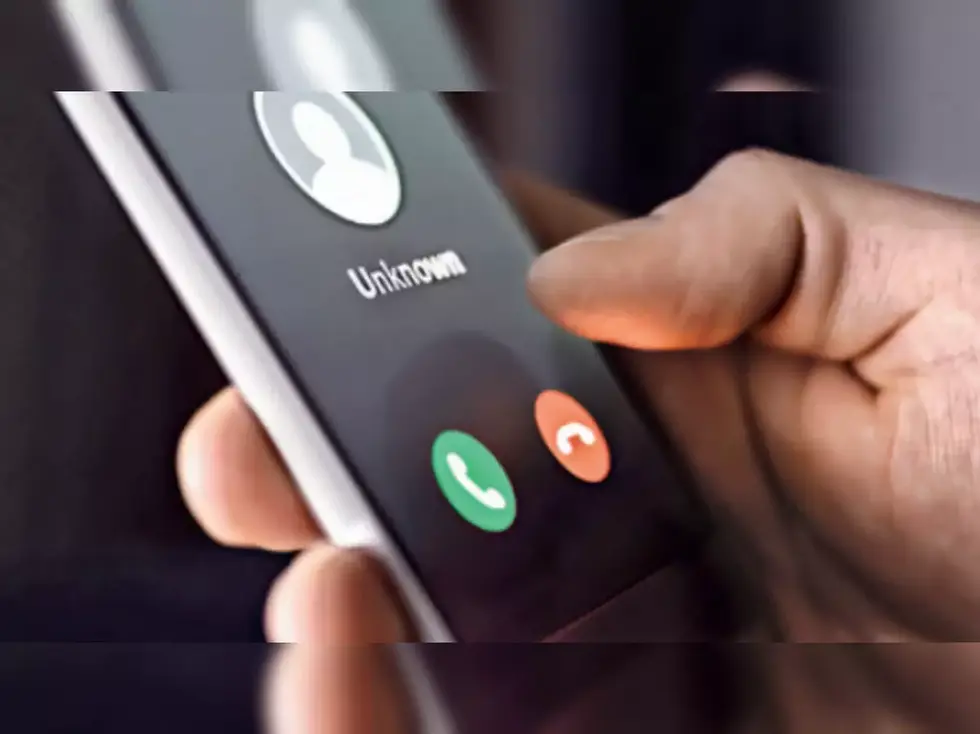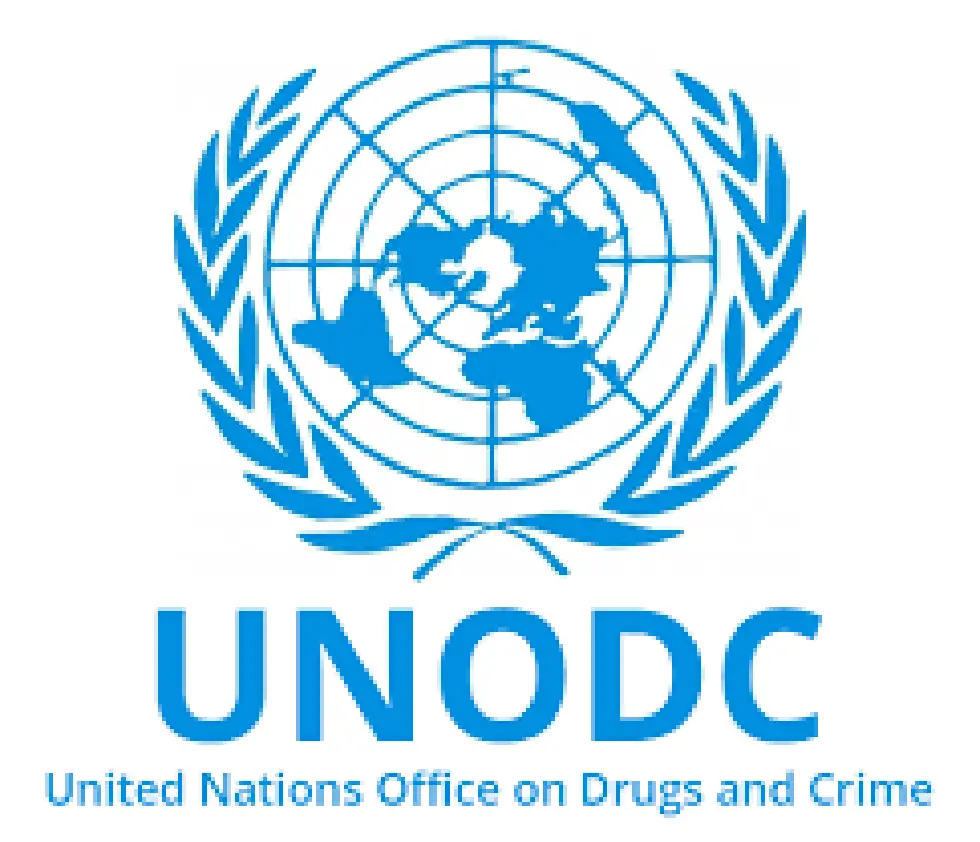The DoT said that it has come to its notice that USSD based call forwarding facility, most commonly known *401# services for unconditional call forwarding services, is being misused for some unwarranted activities.
About Unstructured Supplementary Service Data (USSD)
- It is a communications protocol used in Global System for Mobile Communications (GSM) networks for sending short text messages.
- It is an instant messaging service and messages are not stored on the operator side or on the subscriber’s device.
- USSD format: It generally exist as one of two types, depending on their origin:
- A USSD Pull is an outgoing request from the user in the form of an MMI command.
- A USSD Push is a message from the operator that is displayed on the user’s screen.
- The user can send the operator a request in the form of a USSD command. Commands consist of the * and # characters and numeric codes.
- The chain begins with * or # (which can occur more than once, separating commands from subcommands) and usually ends with #.
- The maximum length of a USSD message is 182 characters, but in practice even the longest requests rarely exceed 20.
- It is usedto display balance deduction in mobile phones where a message pops-up on the device screen after a call or outgoing SMS.It is also used for checking IMEI numbers of mobiles.
Q1) What is the International Mobile Equipment Identity (IMEI) number?
The International Mobile Equipment Identity or IMEI is a unique number that is used to identify a device on a mobile network. It has 15 digits, and is like your phone’s unique identity.
Source: DoT asks telcos to suspend USSD-based call forwarding, switch to alternate mode from Apr 15
Last updated on July, 2025
→ UPSC Notification 2025 was released on 22nd January 2025.
→ UPSC Prelims Result 2025 is out now for the CSE held on 25 May 2025.
→ UPSC Prelims Question Paper 2025 and Unofficial Prelims Answer Key 2025 are available now.
→ UPSC Calendar 2026 is released on 15th May, 2025.
→ The UPSC Vacancy 2025 were released 1129, out of which 979 were for UPSC CSE and remaining 150 are for UPSC IFoS.
→ UPSC Mains 2025 will be conducted on 22nd August 2025.
→ UPSC Prelims 2026 will be conducted on 24th May, 2026 & UPSC Mains 2026 will be conducted on 21st August 2026.
→ The UPSC Selection Process is of 3 stages-Prelims, Mains and Interview.
→ UPSC Result 2024 is released with latest UPSC Marksheet 2024. Check Now!
→ UPSC Toppers List 2024 is released now. Shakti Dubey is UPSC AIR 1 2024 Topper.
→ Also check Best IAS Coaching in Delhi















